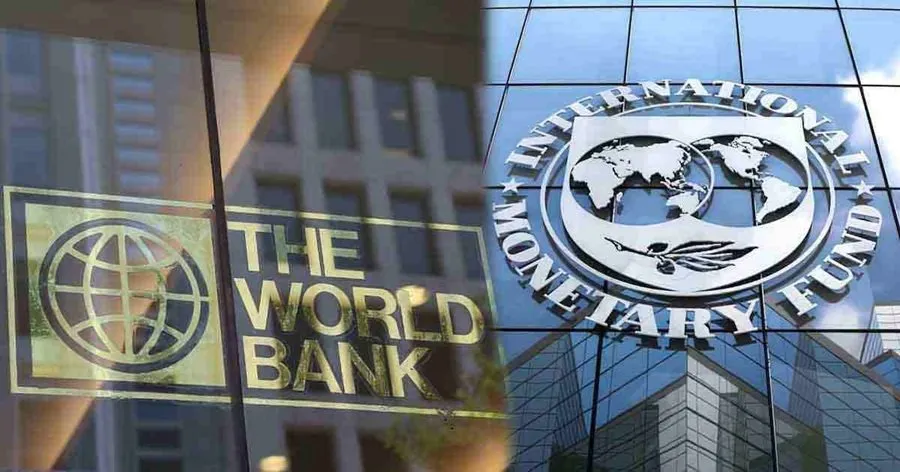The World Bank and International Monetary Fund (IMF) have flagged Ethiopia’s debt as unsustainable, citing a mix of economic, political, and humanitarian pressures.
Persistent shortfalls in export-driven debt metrics are a key driver of the crisis.
Mounting Repayment Issues
Ethiopia struggles to meet rising short- and medium-term debt obligations. A missed $33 million Eurobond payment has pushed the nation into debt distress, highlighting its strained financial capacity.
Hope Through Restructuring
In March 2025, Ethiopia reached a preliminary agreement with creditors under the G20 Common Framework.
A formal deal, expected soon, could ease financing gaps and reduce debt risks to moderate levels by 2027/28, aligning with the IMF program’s end.
Economic Vulnerabilities
Without robust reforms, Ethiopia faces liquidity and solvency challenges, as debt payments exceed export and government revenues.
The economy is highly sensitive to export fluctuations and currency weakening.
Regional and Governance Strains
Conflicts in areas like Amhara and Oromia, alongside misallocated spending on non-priority projects, deepen Ethiopia’s economic woes.
These issues divert resources from critical needs, worsening the crisis.
Call for Reforms
The World Bank and IMF urge Ethiopia to implement swift policy changes to stabilize its economy, reduce vulnerabilities, and pave the way for sustainable growth by addressing both fiscal and social challenges.
READ ALSO: DRC to Resume Cobalt Exports in October 2025






